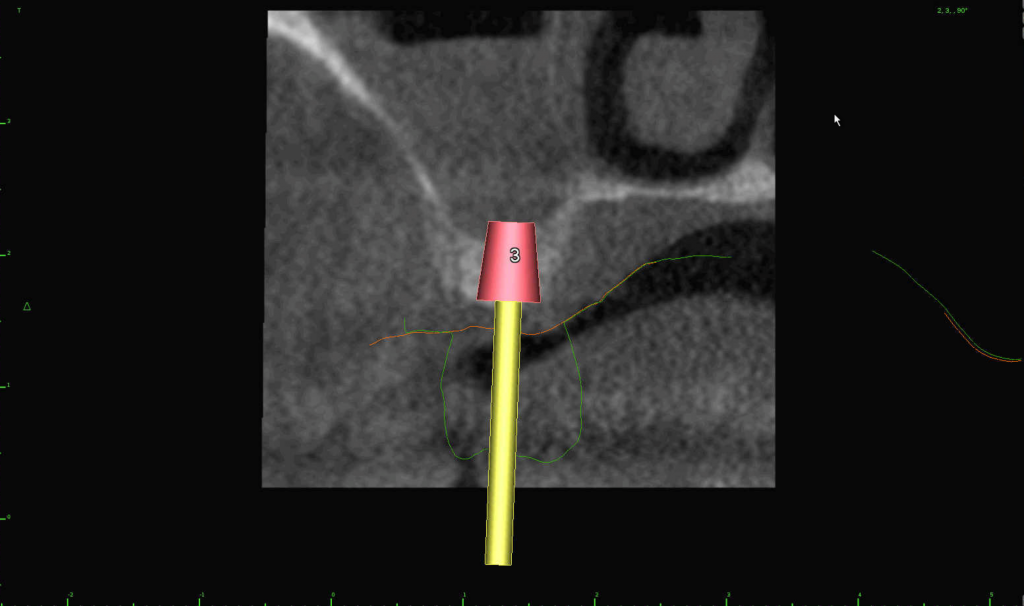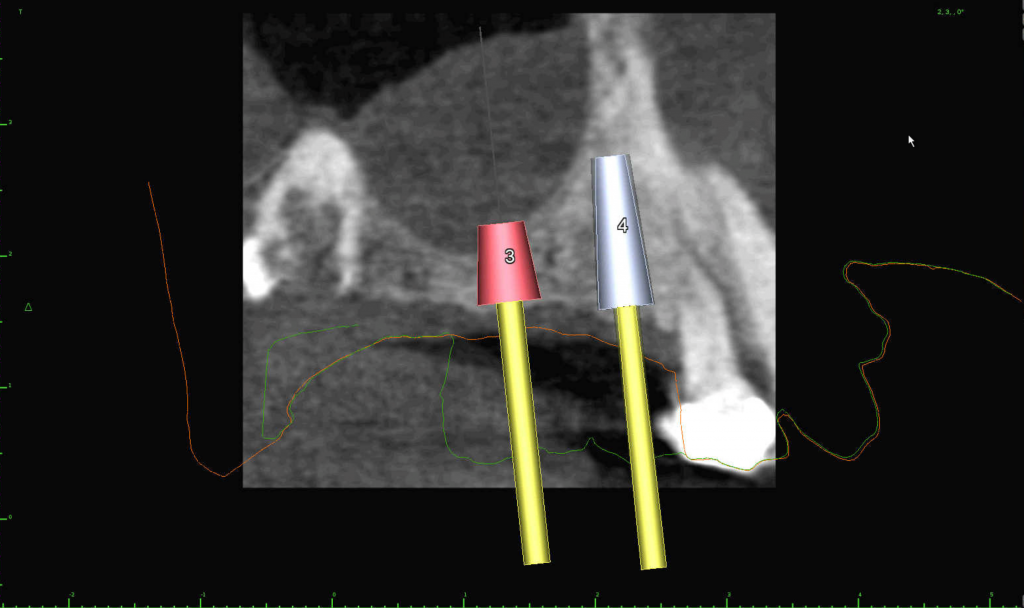When considering dental implant replacement of missing teeth in the upper back area, it is important to assess the available height of bone due to proximity of the maxillary sinus. When inadequate, a sinus lift bone grafting technique is used to increase its height and create the proper foundation for support of a dental implant. Sinus lift bone grafting is a very predictable procedure and can now be accomplished using either a conventional ‘window access’ approach or a newer minimally invasive technique with osseodensification.
One relative contraindication for sinus lift bone grafting is presence of active sinusitis. Chronic or acute infection of the sinus results in atrophy of the sinus membrane which is critical for success of sinus lift bone grafting. In such cases, it is best to treat the sinusitis first and then proceed with sinus lift bone graft and placement of dental implant. An alternative approach is to use a short and wide dental implant to avoid the sinus lift graft altogether. With this approach, it is important to select an implant that offers maximal surface contact to bone for optimal integration and stability.
A cone beam CT scan is required for proper diagnosis and assessment of the sinus cavity. During treatment planning, the surgeon should consider the amount of available bone, health of the sinus cavity, the number of implants, and anticipated bite forces, and select the treatment approach that delivers the best and most predictable results.
Here is an example of a patient with missing upper molar and premolar. The dental CT scan shows fluid build up which was consistent with patient’s report of chronic sinusitis. Due to several medical conditions, a minimally invasive surgical approach was selected which involved placement of a short and wide dental implant in the molar site and a regular implant in the premolar site. With osseodensification the bone can be made denser around the implants for additional stability. Finally two splinted crowns can provide cross stability and adequate support of patient’s bite during function. With such careful considerations, great results and longevity can be expected.


